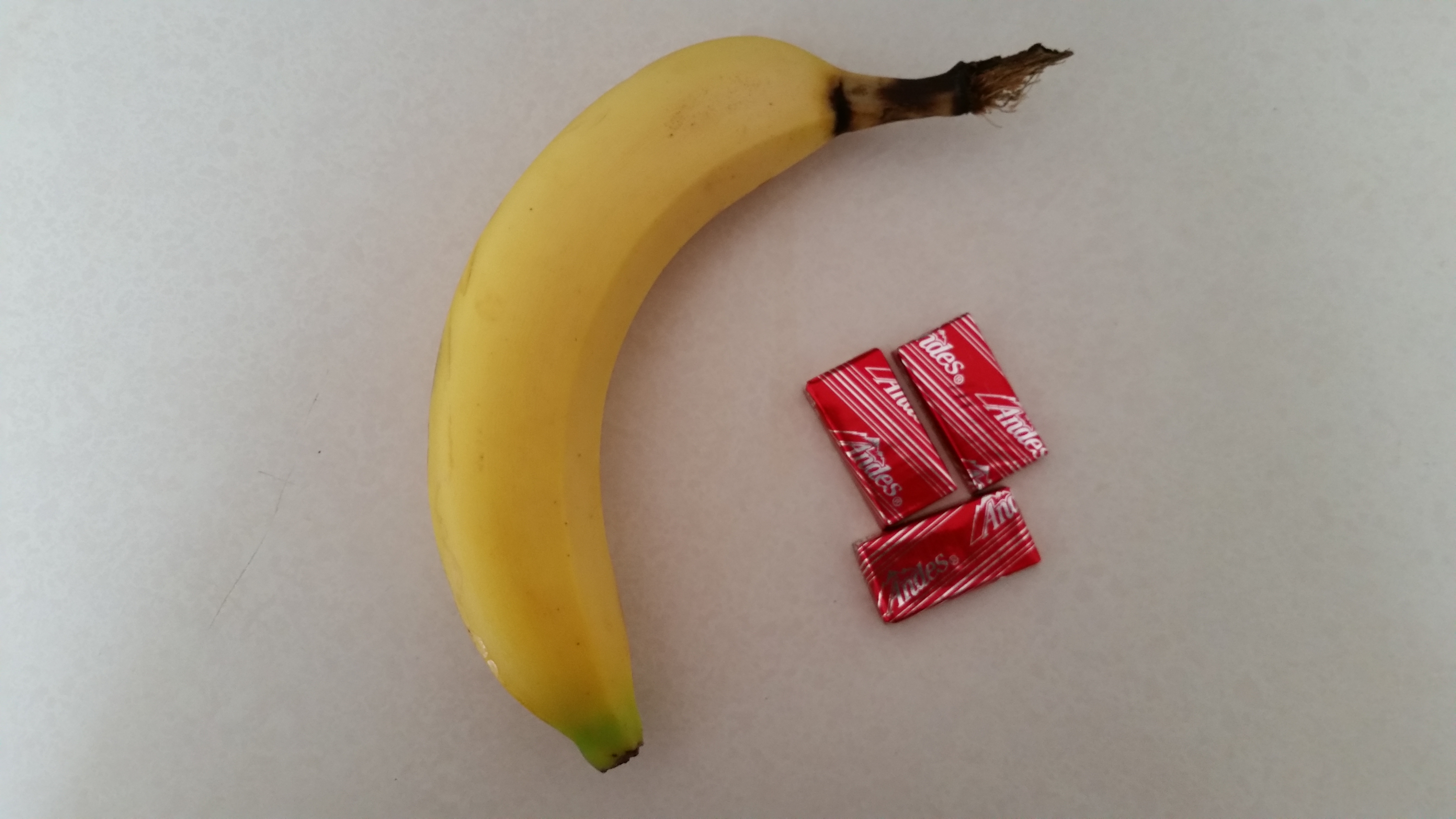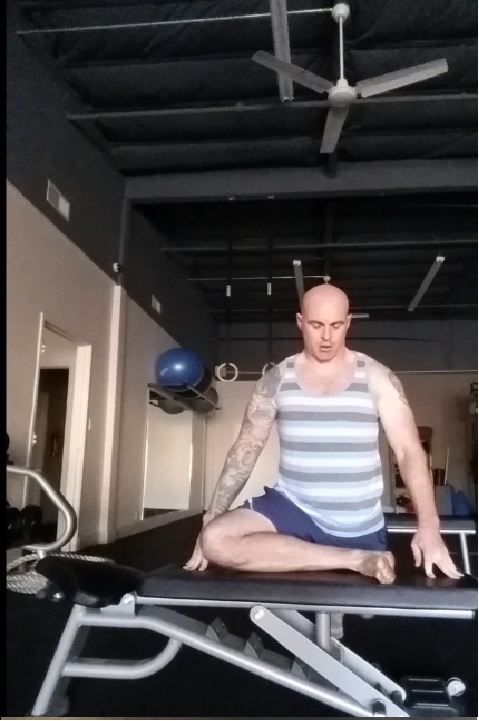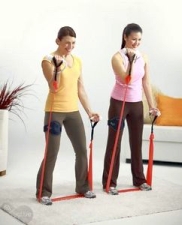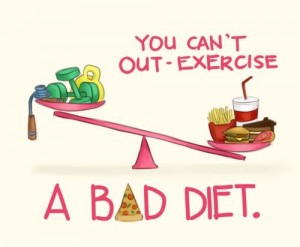The topic of how to optimally burn fat and get results efficiently is always a popular one. One question that I commonly get asked is:
“What mode of exercise is the most efficient way to burn fat and maintain lean muscle mass?”
While basically every mode of physically activity will utilize fat as a fuel source, there is a common misconception that doing high repetitions of simple movements to get your heart rate as high as possible is the best way to shed extra fat on unwanted areas of the body. While maintaining a high heart rate is critical for burning calories, other forms of exercise such as resistance training with weights, yoga and steady state cardio (like swimming or running) are very effective ways of shedding fat and maintaining lean muscle mass.
It is true that increasing the heart rate through exercise will burn calories. However, there is a certain point at which an increased heart rate will utilize carbohydrate in the body more that fat. When the heart rate goes above a certain threshold of about 70% of the participants maximum heart rate, the body will go into utilizing an energy system called the anaerobic energy system to use more sugars as a fuel source. Maintaining a heart rate below about 60% will utilize more fats in the body as a fuel source. Research has shown that low and slow modes of exercise can utilize more fat as a fuel source for intra exercise calorie burn. In contrast, more intense modes of exercise have been revealed to utilize increased amounts of carbohydrate and less fat as a fuel source during workouts. While it seems that higher intensity cardio session may burn less fat throughout the workout, there is an increased amount of calories from fat being used as a fuel source for human performance AFTER a high intensity cardio session has been completed.
Enter High Intensity Interval Training (or HIIT). HIIT is a very popular form of exercise that involves exercise being performed at high perceived exertion level for a period of time followed by rest. These intervals are repeated a certain amount of time throughout the workout to make the heart increased rapidly and then decrease during the rest period. An example of HIIT might look like this:
- Burpees for 40 seconds
-Rest for 20, then immediately start:
- Jumping Jacks for 40 seconds
-Rest for 20 seconds, then immediately start:
- Step Ups for 40 seconds
-Rest for 20 seconds, then immediately go back to exercise #1
And then repeat this same circuit 4 more times.
Now looking at the exercise mode listed above, let’s compare it to a form of resistance training involving weights that uses sets and repetitions as its variable of exercise completion:
- Squats- 3 sets of 10 repetitions (with a 30-45 second rest in between sets)
- Push Ups- 3 sets of 10 repetitions (with a 30-45 second rest in between sets)
- Dumbbell Row- 3 sets of 10 repetitions (with a 30-45 second rest in between sets)
Looking at the rest period, they appear kind of similar to the HIIT, doesn’t it? The only difference is that the repetitions are being counted… not timed like they are in the HIIT training.
The reason resistance training is being compared to HIIT training is that the modes of exercise are very similar to where the body will be under tension and exertion during exercise for a certain period of time followed by a specific rest period. The timing might be slightly different, but the body will still be exerting itself and then resting in both applications of exercise. This means that both modes of exercise will invoke a high amount of oxygen that will be consumed throughout the participants day following the exercise session.
So resistance training alone CAN elicit losses in body fat and maintain lean muscle mass that are similar to other modes of exercise. Of course, performing resistance training is not the only way to burn fat. Every human body and human mind reacts differently to exercise. Perhaps doing Yoga or Barre classes are more beneficial for certain individuals then resistance training and vice versa. The key is finding a balance among which mode of exercise will stimulate the mind and body the best to maintain lean muscle mass and burn excess fat at the same time.








